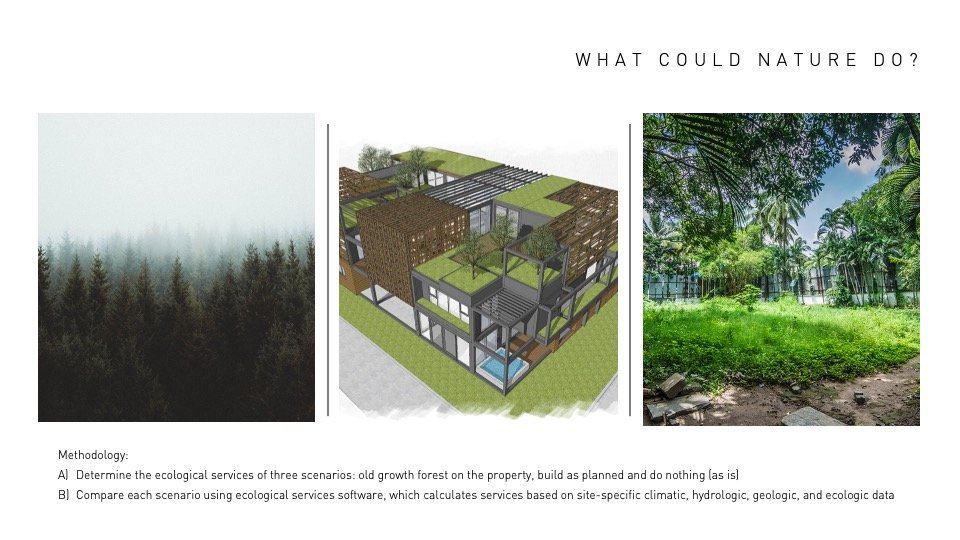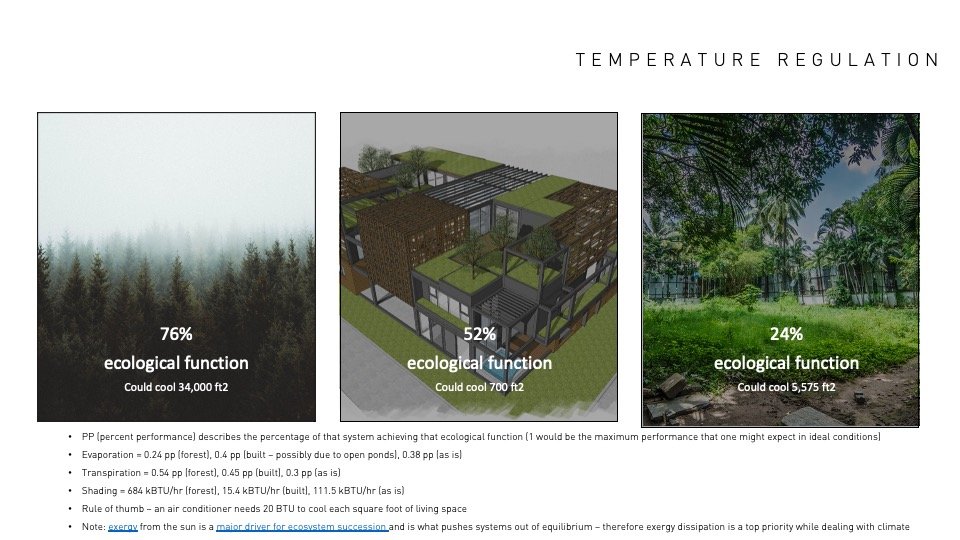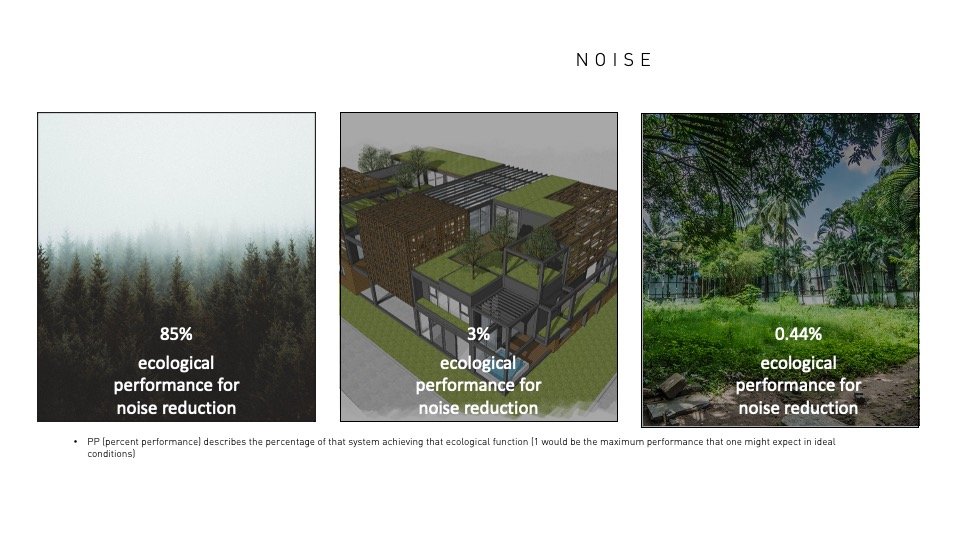A HOUSE THAT TURNS INTO A FOREST
A landowner in India asked us to make his house disappear into a forest. His goal was to bring nature to the dense city of Bengaluru and to eventually have it immerse the structure. He also wanted to make sure that all of the plants on the building connected to mother earth.
Using biomimicry, permaculture, and ecological engineering, Biomimicry Frontiers helped this landowner push the boundaries of habitat design. We partnered with B+H Architects to apply an in-depth, four-stage investigation and design; researching the local conditions and organisms, leveraging the local genius of organisms to inspire bold solutions for how to live on the site, developing practical biomimetic and biophilic design scenarios and finally, applying multiple iterations towards a final holistic self-sustaining design.
One of our primary goals with the project was to go way beyond just doing “less harm” and to move towards creating a building that was a contribution to its place. To test this, we measured the ecological performance (e.g. CO2 sequestration, air purification, O2 production, storm dissipation, noise reduction) of three difference scenarios. Scenario 1 measured the ecological services provided by a hypothetical forest - as if the site was never developed and remained an old-growth forest. Scenario 2 measured the ecological performance of the site as if there was no construction to take place on the site. And Scenario 3 measured our proposed design. We used the performance of the old-growth forest scenario as our baseline - seeing if we could achieve a design that not only fit its environment, but productively contributed to it.
The final design uses locally-produced rammed earth as its primary structure. It copied termite mounds, elephant skin and forest canopies to create passive cooling strategies. We strategically used wind and solar to ensure thermal comfort and reduce electrical lighting. We used permaculture to link all of the planters and plants and support a self-sustaining food system. We designed strategies for the plants to all connect back through to mother earth via their mycelium connections. And we ensured that despite the seasonal rains, the house would be fully-self sufficient for water use and water reuse and treatment.











